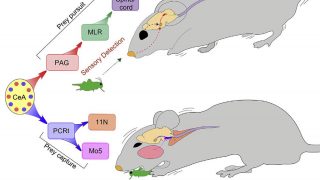
Melodrama with happy ending for Duchenne Muscular Dystrophy patients
Biology • Biomedicine • Genetics • Medicine • Pharmacy
Patients suffering from rare diseases (defined by the European as those affecting less than 5 in 10000 people) have traditionally been overlooked by pharmaceutical companies. They are usually looking for the next blockbuster drug, so the lack of a large patient pool means they may not generate the revenue needed to justify the R&D financial […]








